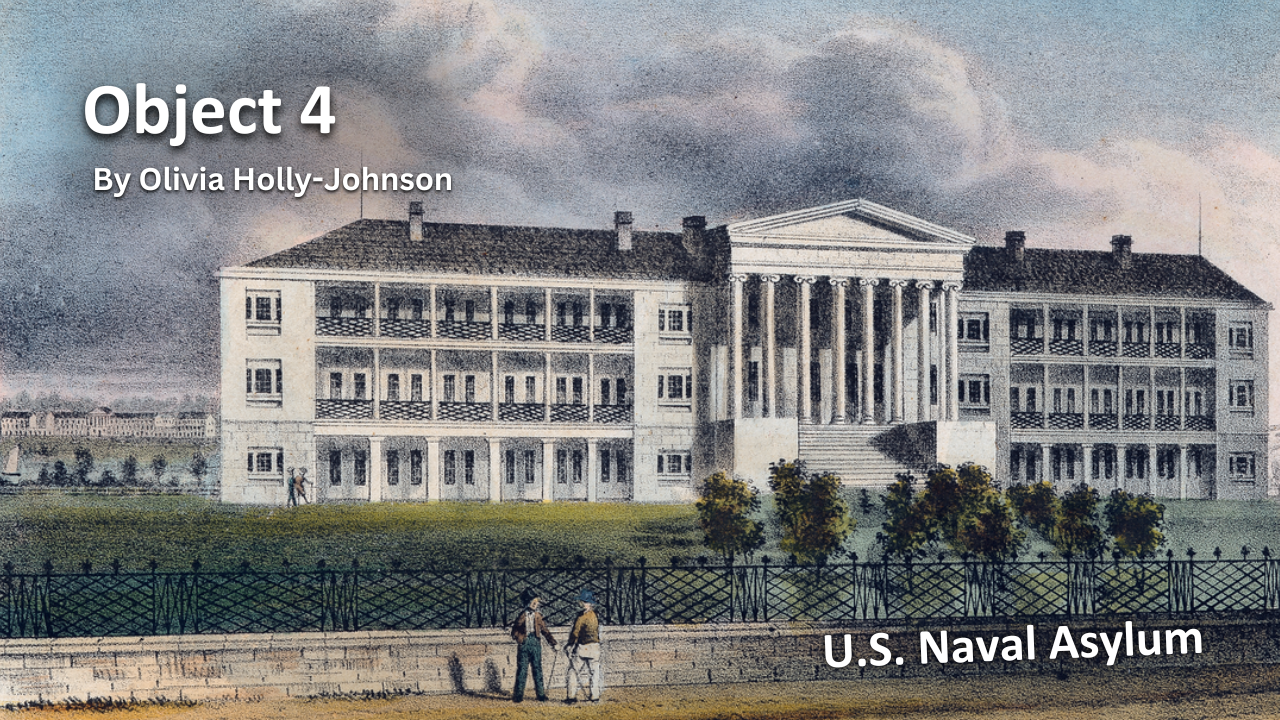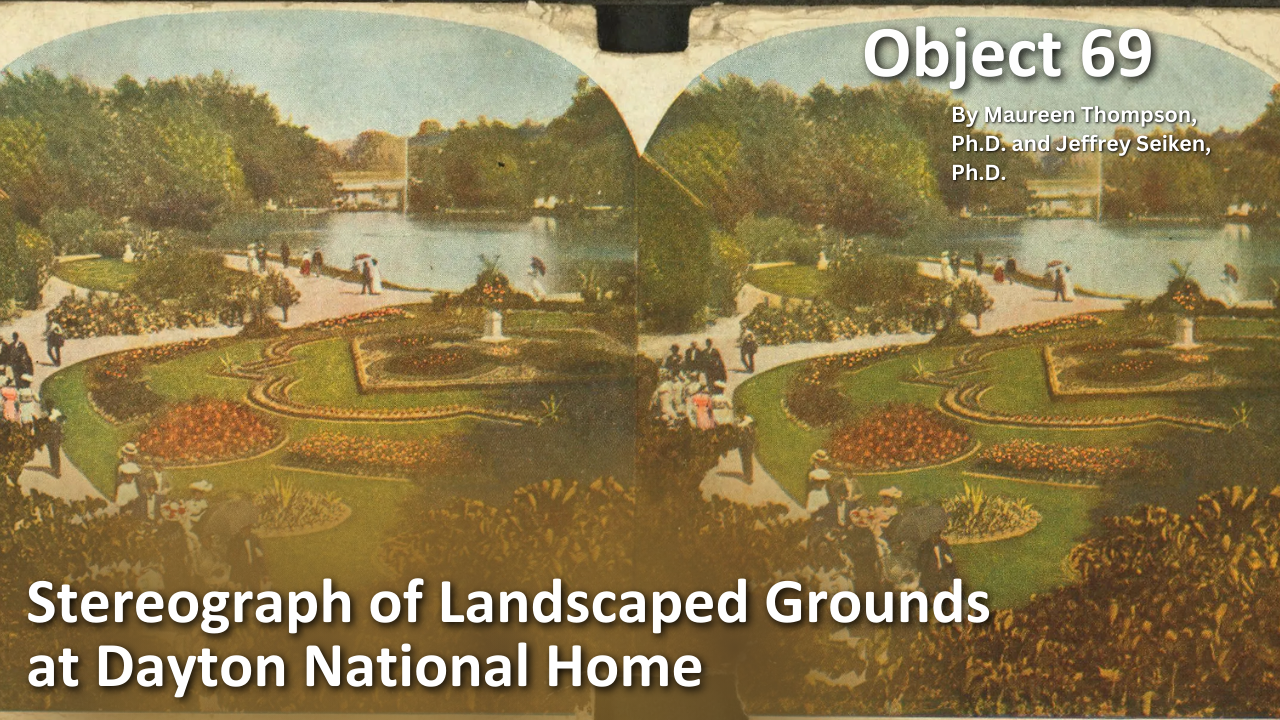
History of VA in 100 Objects
Object 69: Stereograph of Landscaped Grounds at Dayton National Home
The federal government in the Civil War arranged to care for returning soldiers too weakened by their wounds, the lingering effects of disease, or the hardships of military life. In the decades after the war, the government established the National Home for Disabled Volunteer Soldiers.
The Board of Managers for the National Home added such amenities as chapels, libraries, theaters, and playing fields. Great care also went into the shaping of the physical environment. The board employed landscaping architects to design the grounds of each branch to create an attractive, idyllic setting for residents and visitors alike. Influenced by the picturesque landscape movement, they adorned the National Home campuses with man-made ponds and lakes, ornate flower gardens, elaborate plantings of shrubs and trees, winding trails, and other features to beautify the properties.
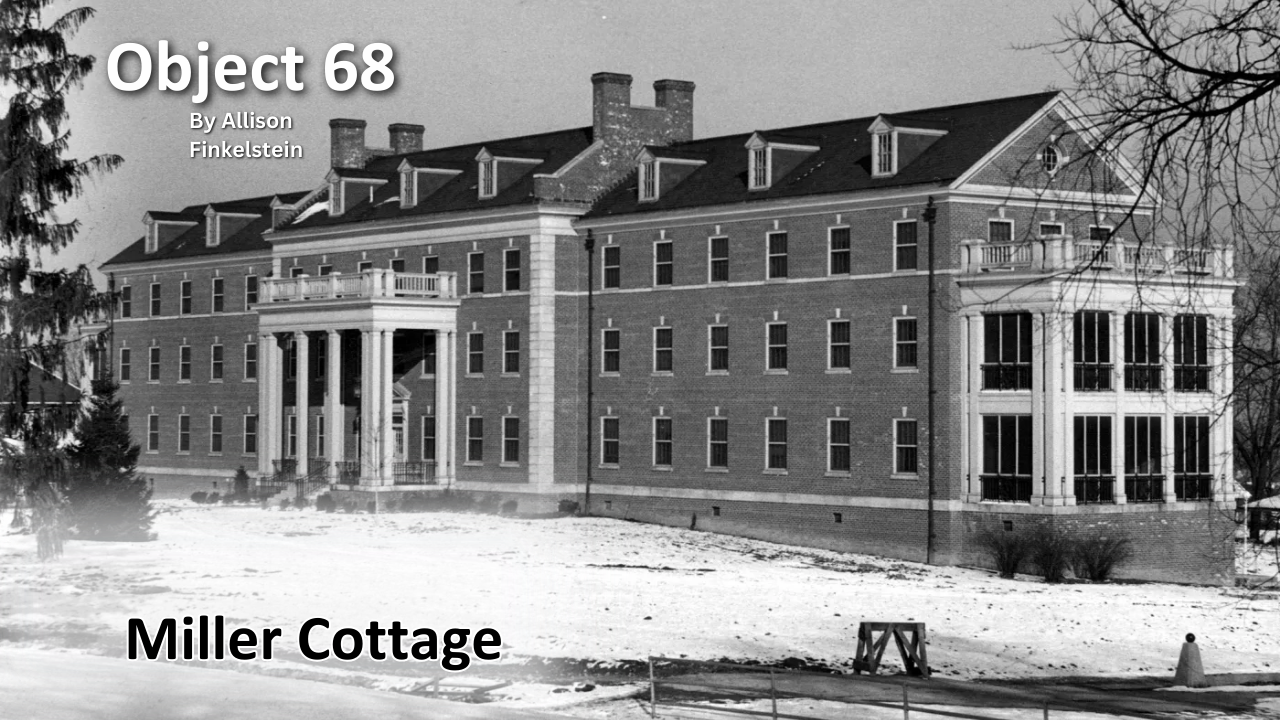
History of VA in 100 Objects
Object 68: Miller Cottage
At the VA Medical Center in Dayton, Ohio, Miller Cottage stands as a mostly forgotten reminder of women’s fight for inclusion in the benefits and health care system for Veterans. This long, multi-story brick building with a white-columned portico originated as a barracks built specifically to house female Veterans on the grounds of what was then called the Central Branch of the National Home for Disabled Volunteer Soldiers (NHDVS). The establishment of the residence represented a rare victory for the female Veterans of the First World War in their quest to obtain government support for all uniformed women who served and sacrificed during that conflict.
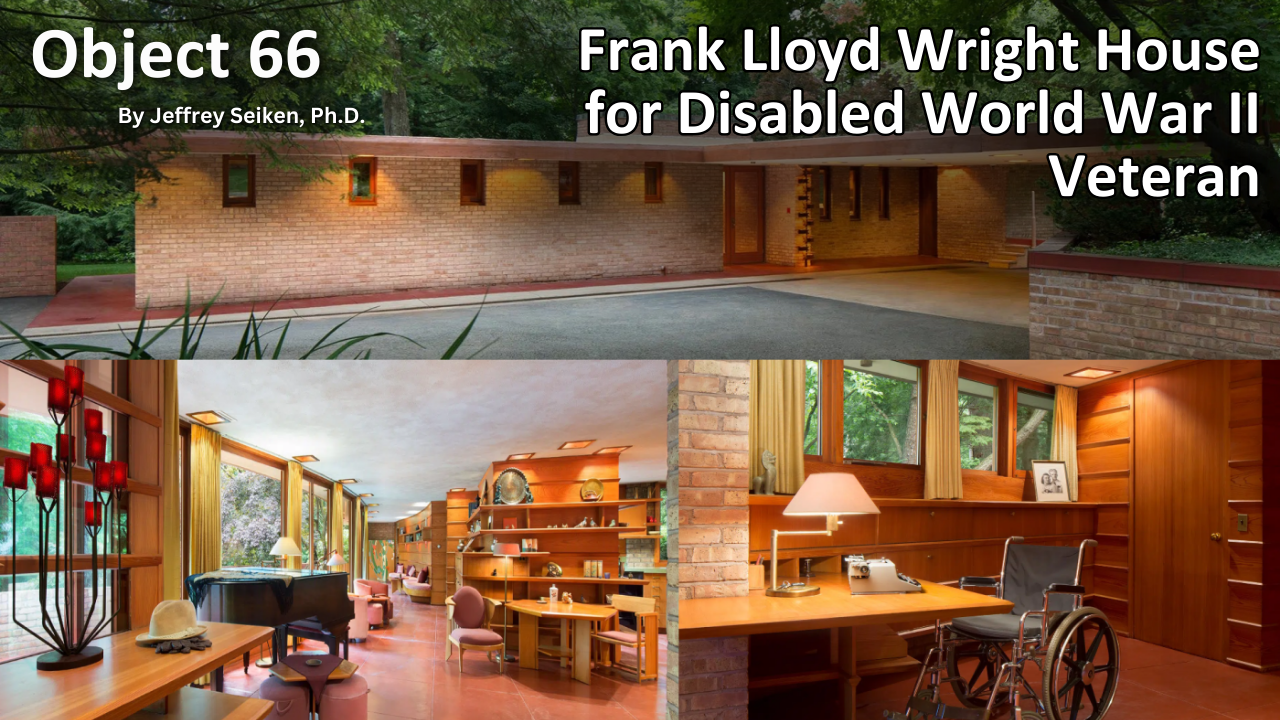
History of VA in 100 Objects
Object 66: Frank Lloyd Wright House for Disabled World War II Veteran
When the GI Bill became law in 1944, it included a home loan program for Veterans. After several changes to update the law to reflect current market prices and challenges, one area still needed addressed: support for Veterans who were dependent on wheelchairs for mobility. The answer was the Specially Adapted Housing program, and one of the earliest homes built with the grant money was designed by acclaimed builder Frank Lloyd Wright.
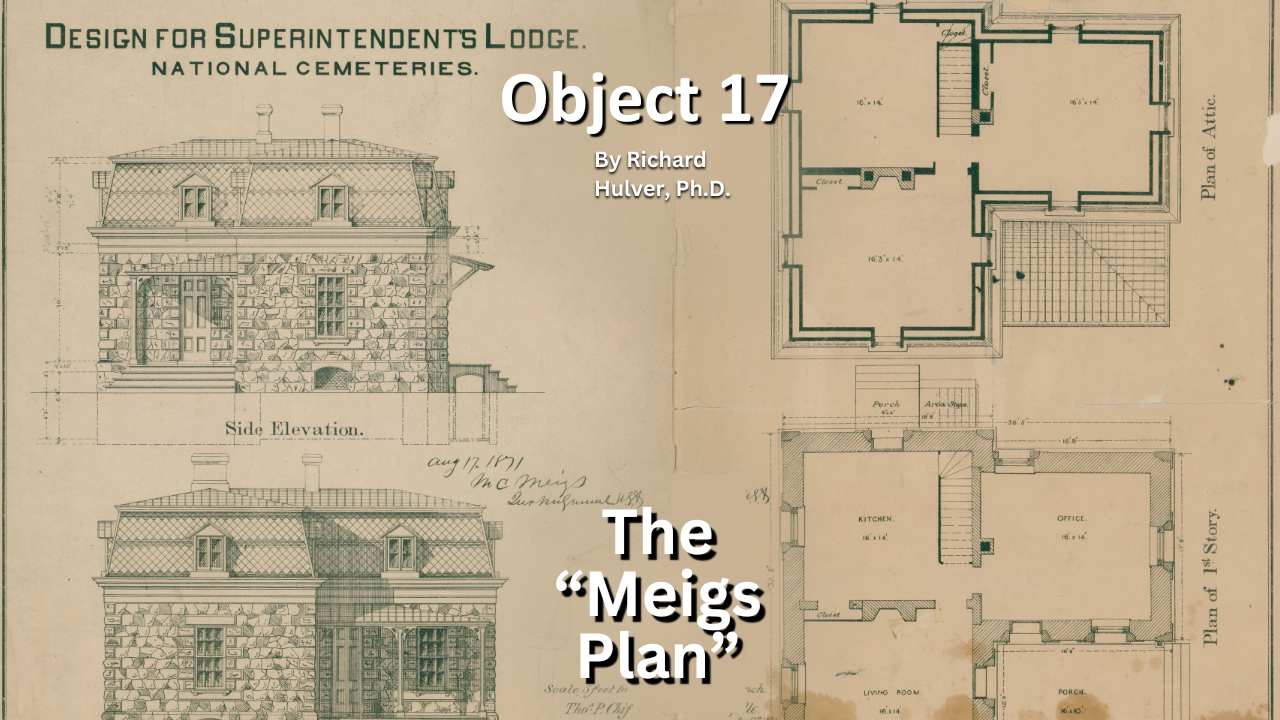
History of VA in 100 Objects
Object 17: The “Meigs Plan” Lodges
National cemeteries originated out of necessity during the American Civil War. In the summer of 1862, as casualties mounted at an alarming rate, Congress empowered President Abraham Lincoln to purchase and enclose burial plots as national cemeteries to inter the growing number of Union dead. These cemeteries were managed by superintendents, some disabled Civil War Veterans. To house them, Brig. Gen. Montgomery Meigs came up with what was later named the "Meigs Plan," the design for permanent lodges to house the superintendents.

History of VA in 100 Objects
Object 12: Pension Bureau Building
In 1882, the Pension Bureau hired 770 new clerks, doubling the size of its work force. The additional manpower was necessary to keep up with the explosive growth of the pension system after the Civil War. Work soon began on constructing a new Pension Bureau building to serve as the headquarters and home for the enlarged work force.
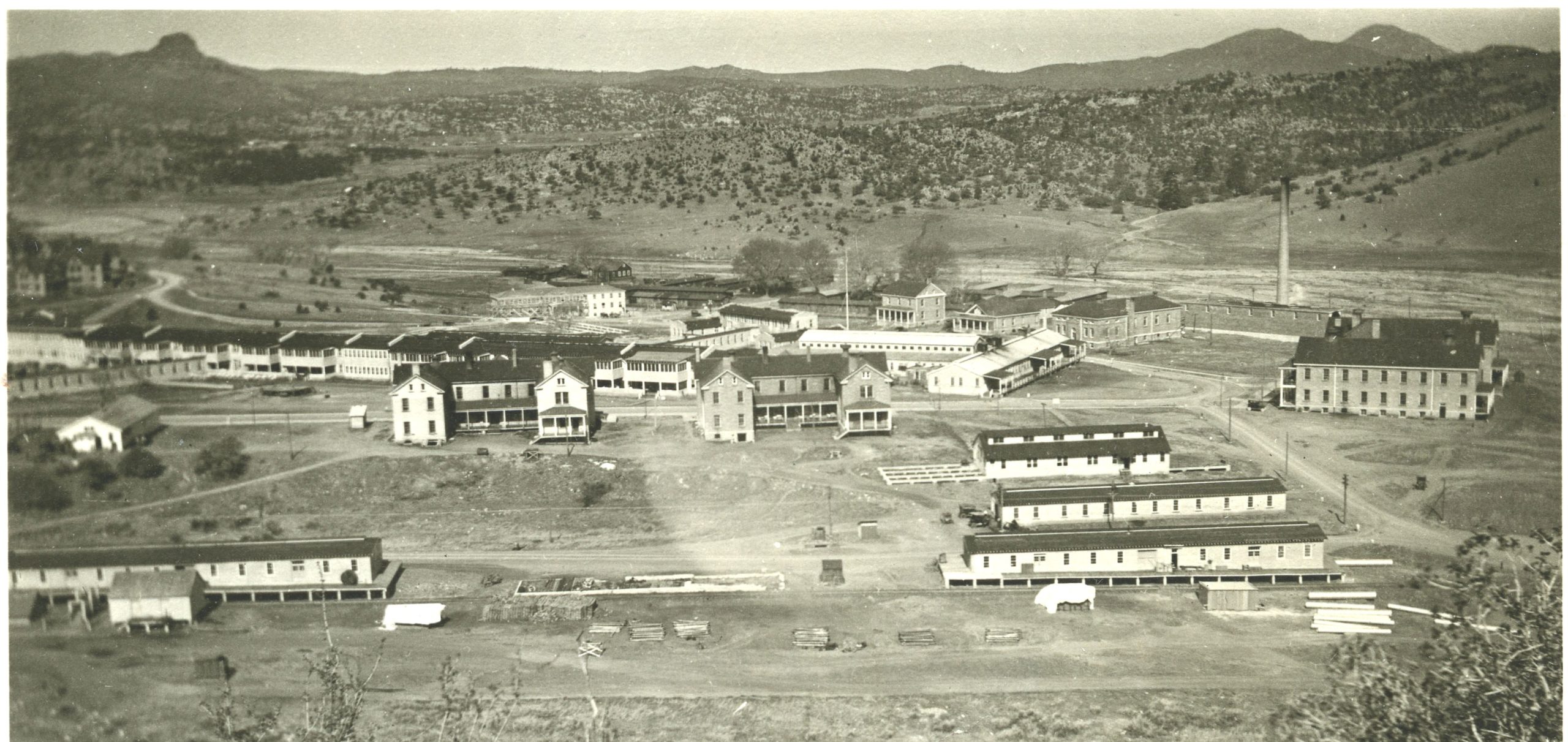
Featured Stories
Fort Whipple – Historic VA Medical Center Started as Army Post
The present-day Bob Stump VA Medical Center campus in Prescott, Arizona has had a long and interesting history from the time the Arizona Territory was created in 1863. Established as Fort Whipple, the facility transitioned over many years to an eventual VA Medical Center campus.



